10 Ancient Roman Art Pieces You Can't Miss
Capitoline Wolf
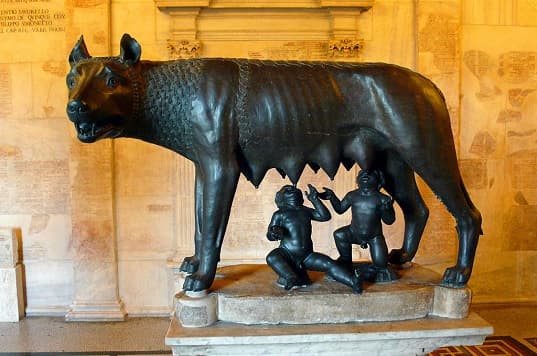
The Capitoline Wolf is a bronze sculpture of a she-wolf suckling the mythical twin founders of Rome, Romulus and Remus. According to legend, the twins were abandoned as infants and were rescued and cared for by a she-wolf until they were found by a herdsman. The sculpture stands 75 cm (30 in) high and 114 cm (45 in) long and is somewhat larger than life-size. While it is often considered a significant work of Roman art due to its association with the founding of Rome and its long history in Rome, its actual origin and age are a matter of controversy. Some experts believe that the sculpture may have been created by Etruscan artists rather than Roman. Despite this controversy, the Capitoline Wolf remains an iconic symbol of Rome and an important piece of art history.
Augustus of Prima Porta
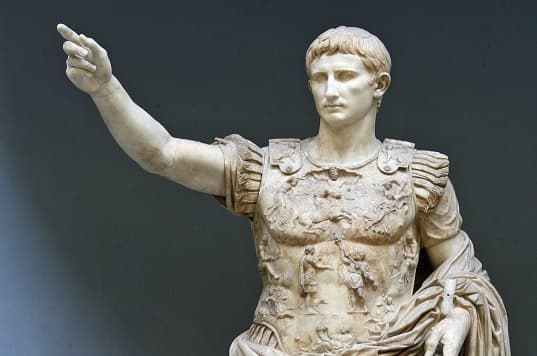
The Augustus of Prima Porta is a famous statue made of marble that portrays Augustus Caesar, the first Roman emperor. The statue was discovered in 1863 during an archaeological excavation at the Villa of Livia, which belonged to Augustus' third wife. The sculpture was made by skilled Greek sculptors and is believed to be a replica of a lost bronze original displayed in Rome. Augustus is depicted as a commander-in-chief of the Roman army, wearing a cuirass with images that refer to a significant diplomatic accomplishment of his reign, the Parthian restitution of the Roman eagles. The statue shows Augustus in a divine representation, barefooted, and raising his right hand in a pose to address the troops. The bas-reliefs on his armored cuirass allude to different Roman gods and goddesses and the territories that Augustus conquered. It is highly likely that the statue was painted in ancient times, but only a few traces of color remain today.
Nile mosaic of Palestrina
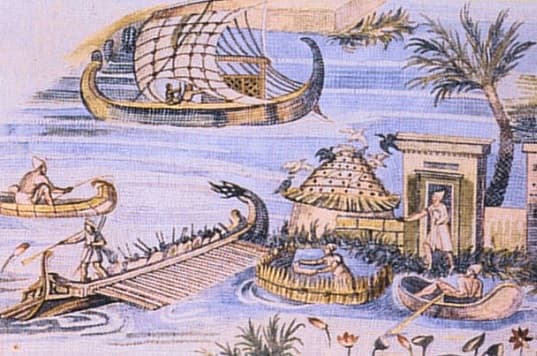
The Nile mosaic of Palestrina is a large floor mosaic that dates back to around 100 BC and depicts various scenes from the Nile river. It showcases the Roman fascination with ancient Egyptian culture and portrays different aspects of life along the Nile, including people and animals native to the region. The mosaic was originally part of a sanctuary-grotto in the town of Palestrina, Italy. Despite being moved and damaged over time, the mosaic has been preserved and restored and can be seen at the Museo Nazionale Prenestino in Palazzo Barberini. It is considered to be the earliest example of Nilotic scenes in Roman art.
Lycurgus Cup

The Lycurgus Cup is a unique Roman glass cage cup from the 4th century, made of dichroic glass that changes color depending on the direction of the light. It is the only complete Roman glass object made of this type of glass and features a decorative "cage" at the surface level that has been painstakingly cut and ground back, leaving only the intricate design. The cup depicts the mythological story of King Lycurgus, who was killed by vines after he tried to kill a follower of the god Dionysus. The dichroic effect is achieved by adding nanoparticles of gold and silver to the glass material, which scatter light and reflect different wavelengths. The interior of the cup is mostly smooth, but the glass behind the main figures has been hollowed out, and the thickness has been reduced to create an even color when light passes through.
Portland Vase
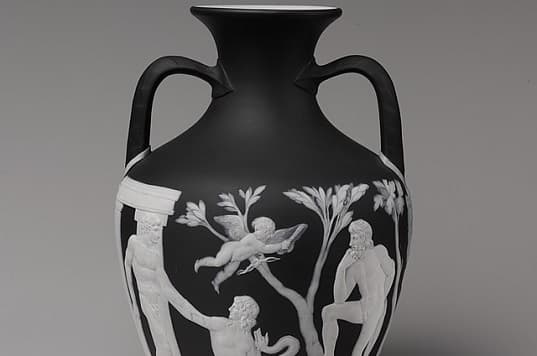
The Portland Vase is a vase made of blue and white cameo glass that was created in ancient Rome between the first century BC and the first century AD. The vase depicts a variety of figures and animals in intricate detail, and is considered to be one of the finest examples of Roman glasswork. The vase is housed in the British Museum in London and has inspired many artists and artisans throughout history. Despite many theories about its meaning, the significance of the images on the vase remains unclear.
Equestrian Statue of Marcus Aurelius

The Equestrian Statue of Marcus Aurelius is a remarkable ancient Roman sculpture located in Rome, Italy. It features the emperor mounted on a horse, in a pose commonly used by emperors when addressing their troops. The statue is over 4 meters tall and represents power and grandeur, with the emperor depicted as victorious and all-conquering. Interestingly, the saddle cloth on the horse was copied as part of the standard Roman uniform but is actually of Sarmatian origin, suggesting that the statue was created to honor Marcus Aurelius' victory over the Sarmatians. The statue was erected around 175 AD, and its original location is still debated. Despite the common practice of melting down bronze statues for reuse, the Equestrian Statue of Marcus Aurelius has survived and remains a stunning example of ancient Roman art today.
Villa of the Mysteries

The frescoes found in the Villa of the Mysteries, a well-preserved Roman villa located in the ancient city of Pompeii, are considered one of the finest examples of Roman wall painting. They were discovered in 1909 and are believed to have been created in the early first century BC. The frescoes cover the walls and ceilings of several rooms in the villa, depicting scenes related to the initiation of a young woman into a mystery cult, possibly the cult of Dionysus. The style and subject matter of the frescoes reflect the influence of Greek art on Roman culture, as well as the fascination of the Romans with mystery religions and the supernatural.
Boscoreale Treasure

The Boscoreale Treasure is a collection of more than 100 stunning pieces of ancient Roman silverware, gold coins, and jewelry that were discovered in the ruins of the Villa della Pisanella in Boscoreale, near Pompeii, southern Italy. The villa was buried by volcanic ash following the eruption of Mount Vesuvius in 79 AD and was excavated in the late 19th century. The treasure was discovered in 1895 in a vaulted box hidden in the villa's wine-pressing room. It is believed that the objects were intentionally hidden before the eruption, and they likely belonged to a wealthy banker from Pompeii and his daughter, Maxima. The collection was acquired by Baron Edmond de Rothschild and later donated to the Louvre Museum in Paris. The Boscoreale Treasure includes many masterpieces of Roman art and is considered one of the most important and prestigious sets of its period.
Gemma Augustea

The Gemma Augustea is an exceptional piece of Roman artwork that was crafted from a two-layered Arabian onyx stone. It showcases intricate and detailed carvings that highlight the skill of the gem cutter, who is thought to be Dioscurides or one of his students. The carvings depict various mythological and historical scenes, including Augustus' deification and his rise to the heavens. It is a valuable historical artifact that provides a glimpse into the political and cultural climate of ancient Rome and has been highly prized throughout the ages. Today, the Gemma Augustea is on display at the Kunsthistorisches Museum in Vienna.
Farnese Hercules
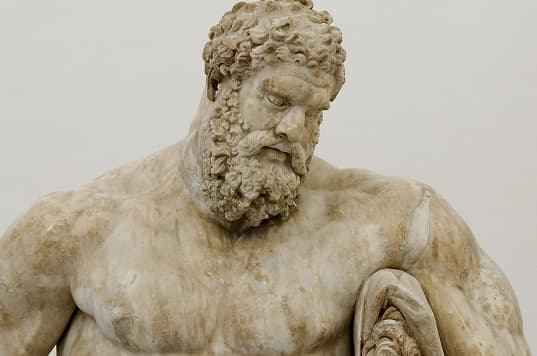
The Farnese Hercules is a famous ancient statue of the mythological hero Hercules that shows him taking a break, holding the golden apples of the Hesperides behind his back and leaning on his club that is draped with the skin of the Nemean lion. Even though it is a copy of a lost Greek original, it is still considered a masterpiece of Roman art due to its impressive size, excellent quality, and cultural importance. It was created in the early third century AD, and was discovered in the Baths of Caracalla in Rome in the 16th century. Later, it became part of Cardinal Alessandro Farnese's extensive collection of classical art, which he housed in his palace in Rome. Despite being a replica, the Farnese Hercules is widely admired for its stunning beauty and impressive presence.
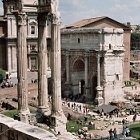
List of 5 Greatest Feats of Roman Engineering
Discover the genius of ancient Roman engineering and marvel at their 5 greatest feats!
Explore Now